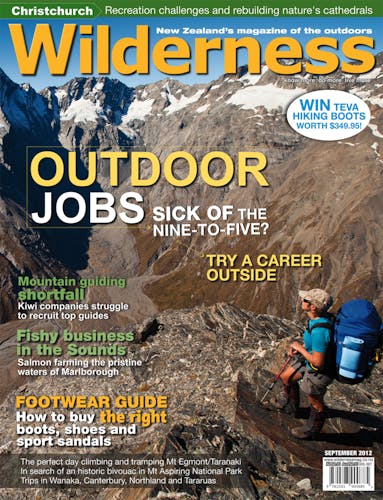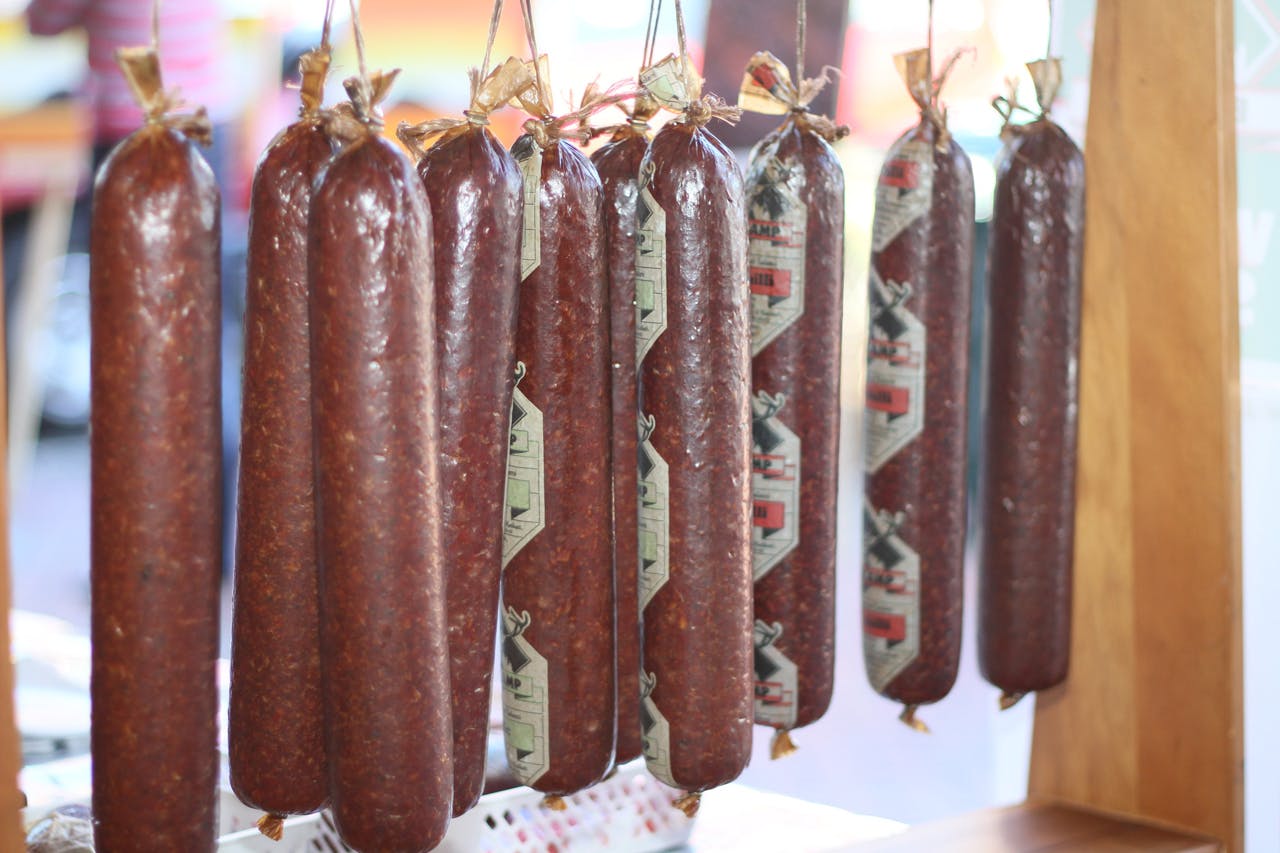Getting a protein fix in the hills is as simple as opening a dehy bag of food – but what if you want fresh meat?
After a long day tramping in the hills, the singular focus becomes a rewarding hearty meal. But for those of us who like meat with our vegetables, the options are more limited than when cooking at home. Or are they?
Without proper refrigeration, many meats can become food poisoning time bombs. Backcountry long drops are bad enough on a good day – finding yourself couped up in one, semi-delirious and nauseous while miles from help is a tramping nightmare.
So what are the best options?
Food safety expert Nigel Burrows, general manager of the Agrichain Centre, said meats like chicken and bacon can carry pathogens like salmonella and campylobacter which multiply in temperatures between five to 60°C. Meat stored in a pack on a warm day is the perfect breeding ground. As a result, he said these are best left at home.
Burrows said what everyone already knows; traditionally made salami and biltong are tasty, lightweight and safe options for multiday trips.
“Traditional salami controls the growth of bacteria by making it very dry and by introducing certain bacteria that changes the pH, or the level of acidity, to limit the growth of harmful bacteria,” Burrows said. “Some traditional methods may use other things like a lot of salt.”
If you air salami out, it gets drier and drier and safer and safer, which is good. But how do you draw the line between traditional salami and a non-traditional one?”
According to Ryan Candy from Verkerks, producing a true fermented salami true to the centuries-old combination of air drying and bacterial cultures, is a bit of an art. “To do it consistently and safely requires specialised maturing rooms, which are expensive,” he explained. “Whilst in the old days caves and barns may have been used, this would not meet modern food safety expectations.”
In Katikati, Bill and Bridget Hensley run Basecamp Salamis and have been providing hunters with meat for multiday trips for the last 20 years.
Hunters bring their kill to Basecamp and it gets transformed into salami, smoked venison sausage, bacon and biersticks.
“Hunters take our salami into the bush because it doesn’t need refrigeration; they just hang it up in the camp,” Bridget Hensley said. “When the salami dries, it gets lighter so you have nice meat that doesn’t weigh much and is full of protein.”
However, not all salamis are made equal, she said.
“If you buy salami from the supermarket you can’t guarantee it’s been properly cured and is made to age,” she explains.
Like Burrows, she advises against taking supermarket meat into the hills because of the risk of food poisoning.
However, Tokoroa butcher and tramper Jonathan Adams says phooey to that. When he does an overnighter, there’s only one meal he has for breakfast: bacon and eggs.
He wraps raw eggs and frozen supermarket bacon in items of clothing and says he hasn’t ever broken an egg or become sick.
Clearly Adams likes his meat because he recently experimented with a new vacuum-packed whole corned silverside product made by Meadow Farms.
“It’s a boil-in-bag product so if you have a fire going in a hut you could just sit it in a pot on top of it,” Adams said. “The piece we tried would be enough to feed at least four adults if they had a pasta snack or dehydrated potato with it. We cooked it for about 80 minutes and it was fully cooked in 90°C water.”
A note to the smug vegetarians: According to the New Zealand Food Safety Authority, it’s not just meat that can be dodgy. Dried potato flakes – a favourite amongst trampers – commonly contain the toxin-producing bacteria Bacillus Cereus which can cause nausea, vomiting and diarrhoea. So, especially if you’re sharing a tent with a buddy, think twice before digging in for seconds of that cold potato mash.








